What is a Roll-to-Roll Coater? A Guide to Continuous Thin-Film Coating and Processing
A roll-to-roll coater is a system designed for the continuous deposition of thin films onto flexible substrates. Unlike discrete, single-substrate techniques such as spin coating or sheet-based slot-die coating, roll-to-roll (R2R) processing handles entire rolls of material in a single, uninterrupted operation. This opens new possibilities for upscaling, automation, and precise control, making R2R indispensable in printed electronics, flexible photovoltaics, printed batteries, fuel cells, pharmaceutical applications, and more.
What is Roll-to-Roll Coating?
Roll-to-roll coating refers to the process where a flexible substrate, often a plastic, metal, or paper-based foil, is unwound from a roll, coated, dried or cured, and rewound. This continuous movement allows thin films to be deposited with high throughput and consistent quality over long lengths of material. The coating method can be chosen depending on the desired film properties. Slot-die coating is one of the most precise and popular options for R2R lines.
The real strength of R2R lies in how it brings industrial-level control to research and prototyping. It reduces variability by managing parameters like tension, web speed, substrate temperature, and environmental conditions. This makes it easier to replicate results, scale up processes, and move from lab to pilot and production stages with fewer surprises.
Slot-Die Coating in Roll-to-Roll Systems
If you're already working with slot-die coating, you are likely familiar with its precision, material efficiency, and excellent thickness control. Slot-die coating is a pre-metered technique where a liquid is forced through a narrow slit and deposited onto a moving substrate. It works equally well in sheet-based and roll-based systems, but the benefits increase significantly when integrated into a roll-to-roll setup.
In a roll-to-roll coater, the slot-die head is mounted above a moving web. The web speed and fluid flow rate are tightly synchronized, allowing for continuous and uniform film deposition across meters or even kilometers of substrate. This setup eliminates the time-consuming manual steps involved in sheet coating and opens new dimensions of process stability and automation.
Roll-to-roll slot-die coating allows for more extensive parameter tuning. You can explore the effects of line speed, shim design, die geometry, web tension, and drying profiles, all in a repeatable and controlled environment. It is also highly compatible with in-line monitoring tools, such as thickness sensors or visual inspection systems, which enable real-time process optimization and defect detection.
If you are already slot-die coating onto individual sheets, moving to roll-to-roll is a natural evolution that unlocks scalability and process control without losing the precision you are used to.
Choose the right slot-die head for your application Read our guide to understand which slot-die head is right for you.
Sheet Coating vs. Roll-to-Roll Coating
Many researchers begin their thin-film journey with sheet coating methods such as spin coating or sheet-based slot-die coating. These techniques are excellent for early-stage material screening because they offer fast turnaround and minimal material usage. Spin coating, in particular, is a go-to for high-uniformity films in the lab. However, these methods come with limitations when the goal is to move toward repeatable, scalable processes.
Sheet coating is inherently a batch process. Each sample is handled manually or semi-automatically, which introduces variability between runs. Drying conditions, edge effects, and material waste can become problematic, especially when aiming for reproducibility or higher throughput.
Roll-to-roll coating eliminates many of these limitations. Instead of working with small, individual pieces, you work with long, continuous substrates. The same coating conditions can be maintained over meters of material. Drying can be precisely controlled across zones, and the entire process becomes automatable. This not only improves uniformity but also provides a platform for developing production-ready processes right from the lab.
If you have found yourself repeating the same sheet-coating process to build up enough material or to understand drying behavior at scale, roll-to-roll coating might be the next logical step.
The Laboratory Roll-to-Roll Coater is probably the world’s smallest and most cost customizable roll-to-roll coater. The ideal machine to perfect your coating before scaling up.
How Does a Roll-to-Roll Coater Work?
A typical roll-to-roll coater includes an unwind station for feeding in the flexible substrate, followed by a coating unit that applies the desired material. The substrate then passes through a drying or curing system—hot-air, infrared, UV, inert atmosphere, or a combination—before being rewound. Each of these stages can be modular and customizable.
Throughout the line, the substrate tension, speed, and alignment are precisely controlled. Sensors ensure uniform web transport, and automation reduces operator error. If needed, additional components like corona treatment units, laminators, or edge guides can be added to further tailor the process to your materials and application.
From Lab to Scale-Up
For many developers, a compact laboratory roll-to-roll coater provides the bridge between benchtop experiments and pilot-scale manufacturing. These systems, like those from infinityPV, are designed with modularity in mind. You can choose the exact components you need, from slot-die heads to drying modules, and upgrade or reconfigure the system as your research evolves.
These lab-scale coaters are small enough to fit into fume hoods or gloveboxes but powerful enough to simulate real production conditions. That is essential when working with moisture-sensitive materials, high-value inks, or novel chemistries that need to be handled with care.
With a lab R2R system, you can test different process parameters, scale up ink formulations, and experiment with multilayer coating, all while maintaining the level of control you are used to from slot-die and spin coating setups.
The Laboratory Roll-to-Roll Coater is the ideal coating machine for scaling up to roll-to-roll processing of battery electrode materials or for testing and optimizing battery electrode slurries.
Why Consider Roll-to-Roll Coating?
If you are already proficient with slot-die and spin coating, roll-to-roll systems offer a way to retain that precision while gaining the ability to scale. You reduce variability, increase throughput, and prepare your process for commercialization—all from within your lab.
More than just a production tool, roll-to-roll coaters can become a core part of your R&D workflow. They allow you to replicate industrial conditions early, understand coating dynamics in motion, and reduce the trial-and-error cycle when transitioning from lab to market.
Final Thoughts
Roll-to-roll coating is not just about quantity; it is about control, consistency, and progression. It brings industrial principles to the lab and enables researchers to work with the same tools that will one day produce their materials at scale.
For those already mastering sheet-based methods, exploring roll-to-roll coating is a logical and rewarding next step. Whether you are developing printed solar modules, battery electrodes, or stretchable sensors, a laboratory roll-to-roll coater gives you the tools to turn thin-film concepts into manufacturable solutions
Get Professional Support for Roll-to-Roll Processing
Need help with slot-die coating, coating machines, or any related applications?
Contact infinityPV’s experts today for professional guidance and support.


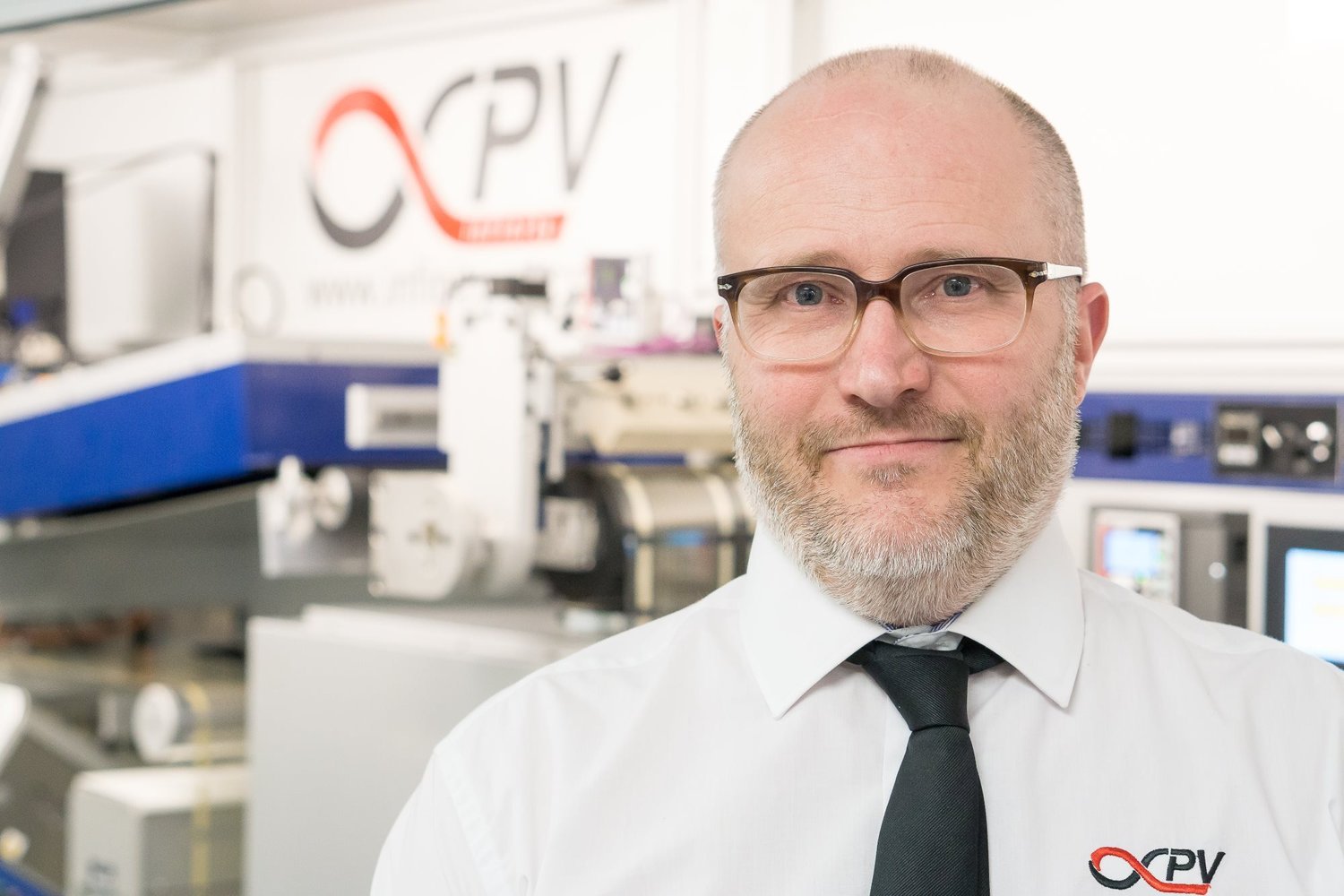

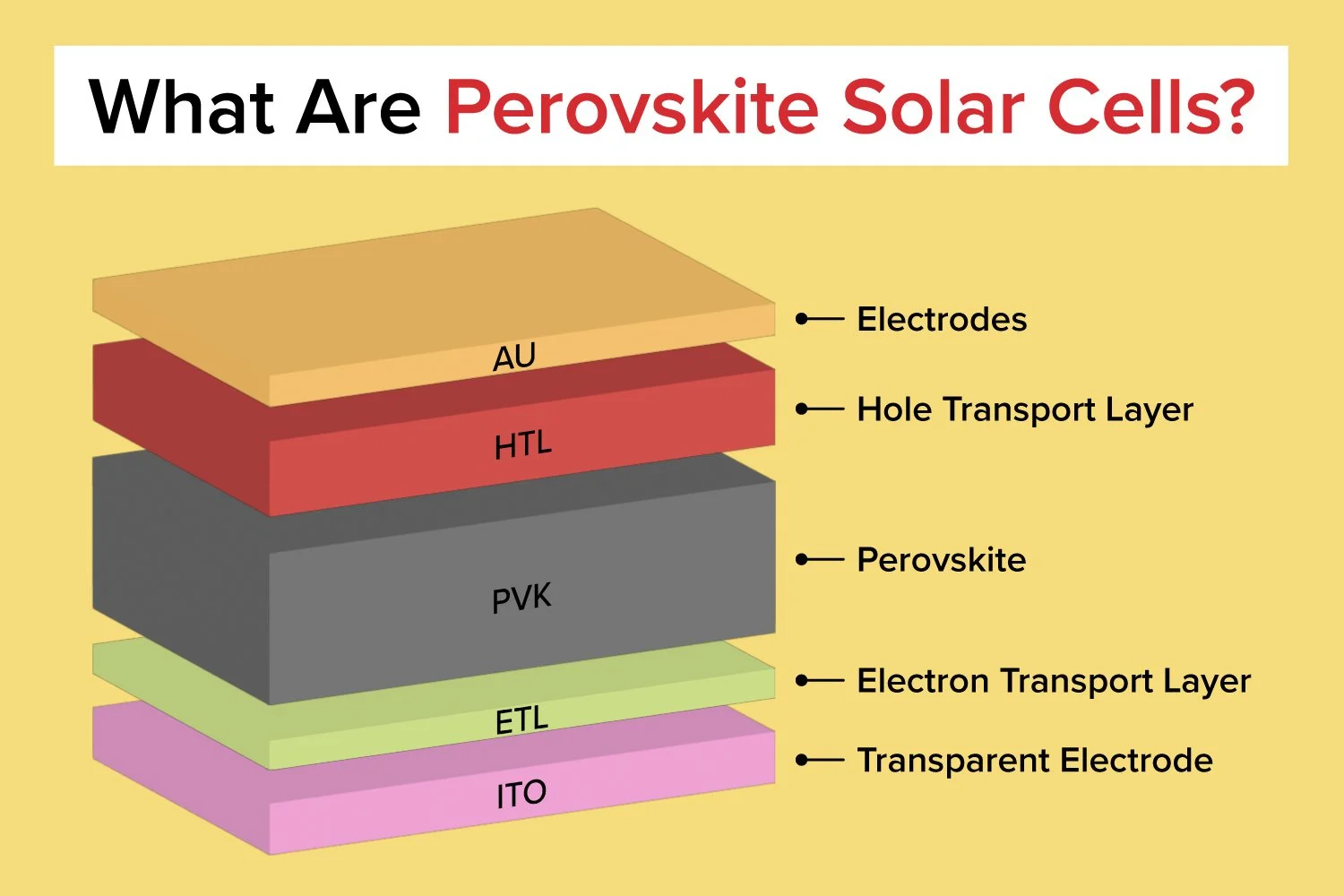
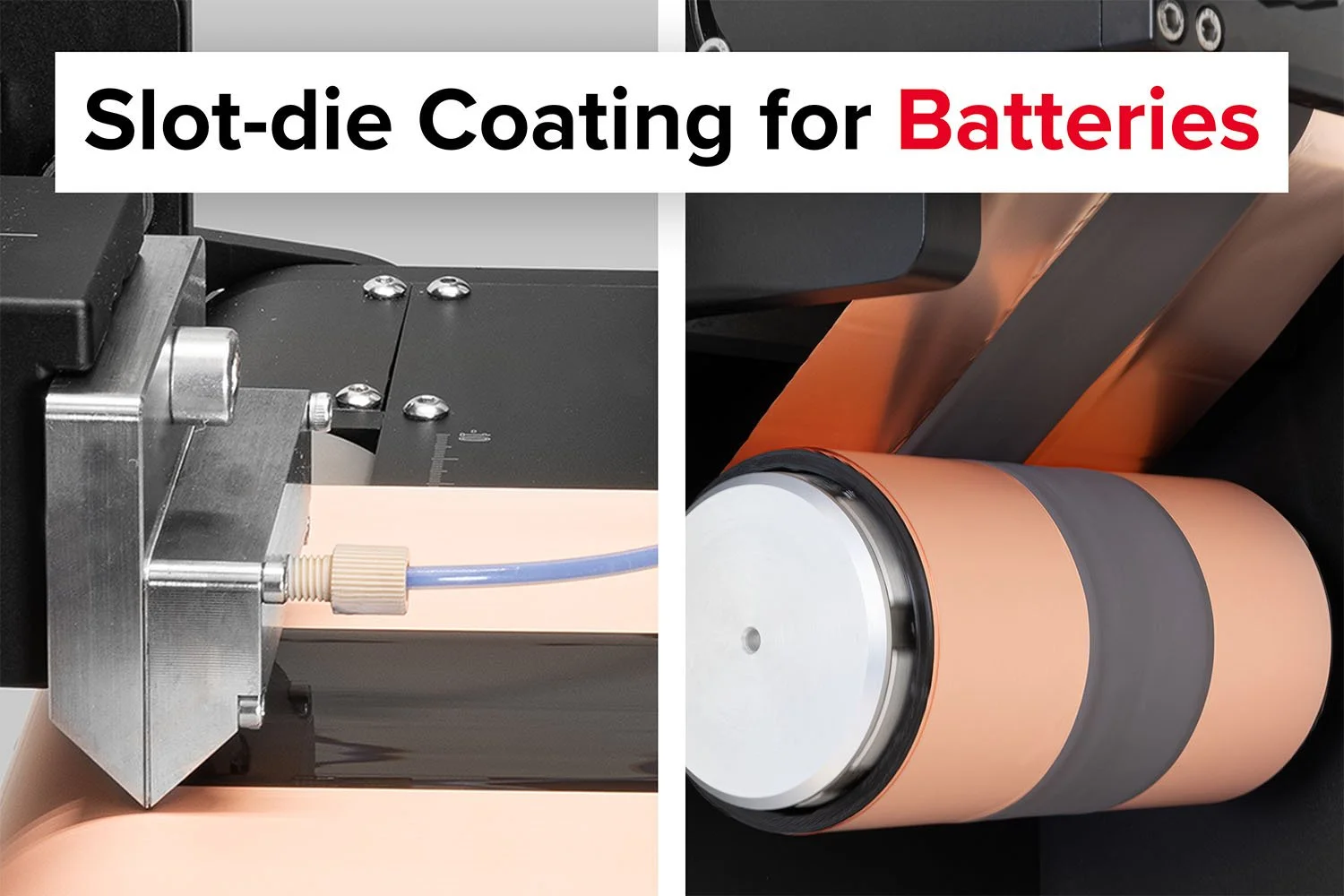



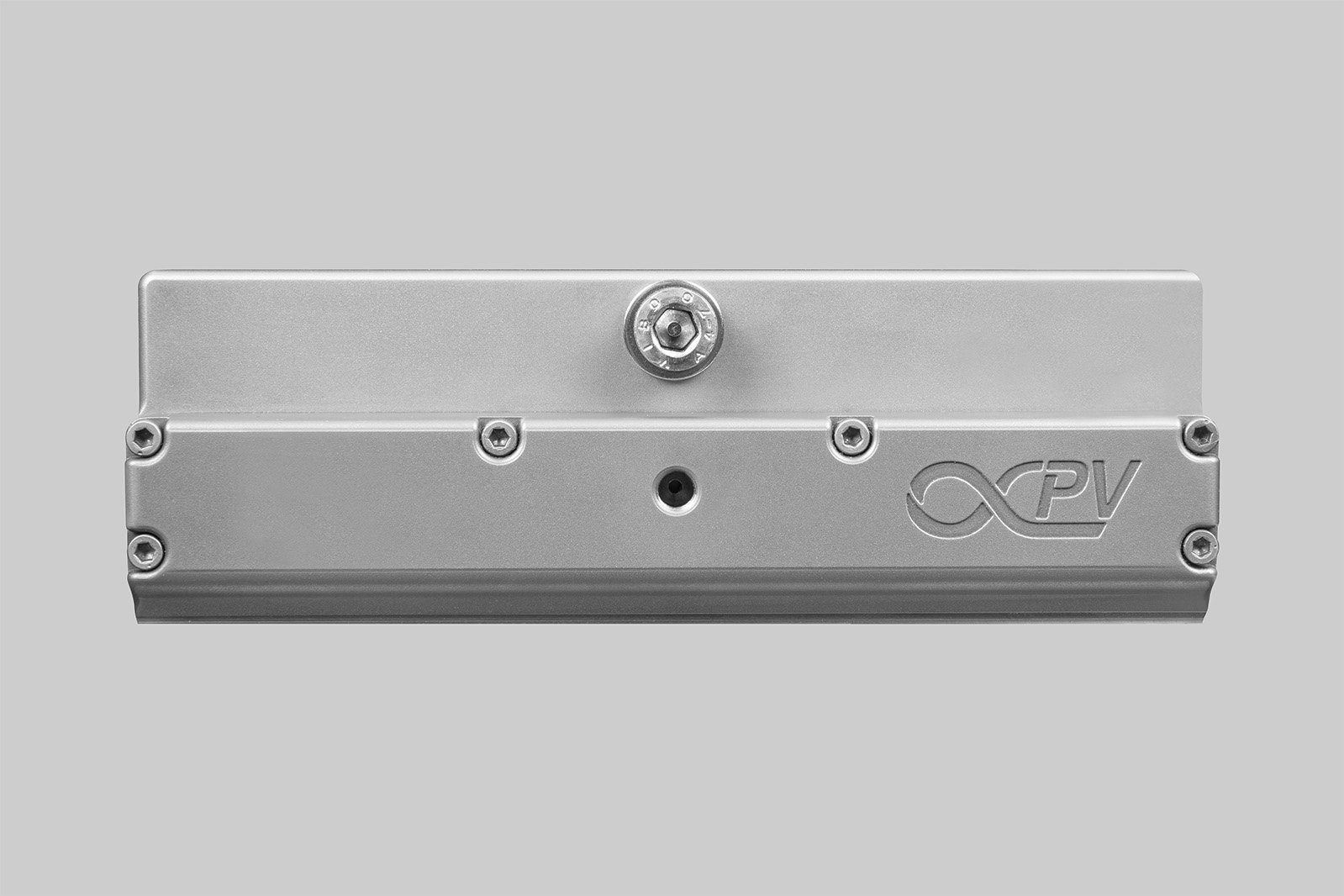

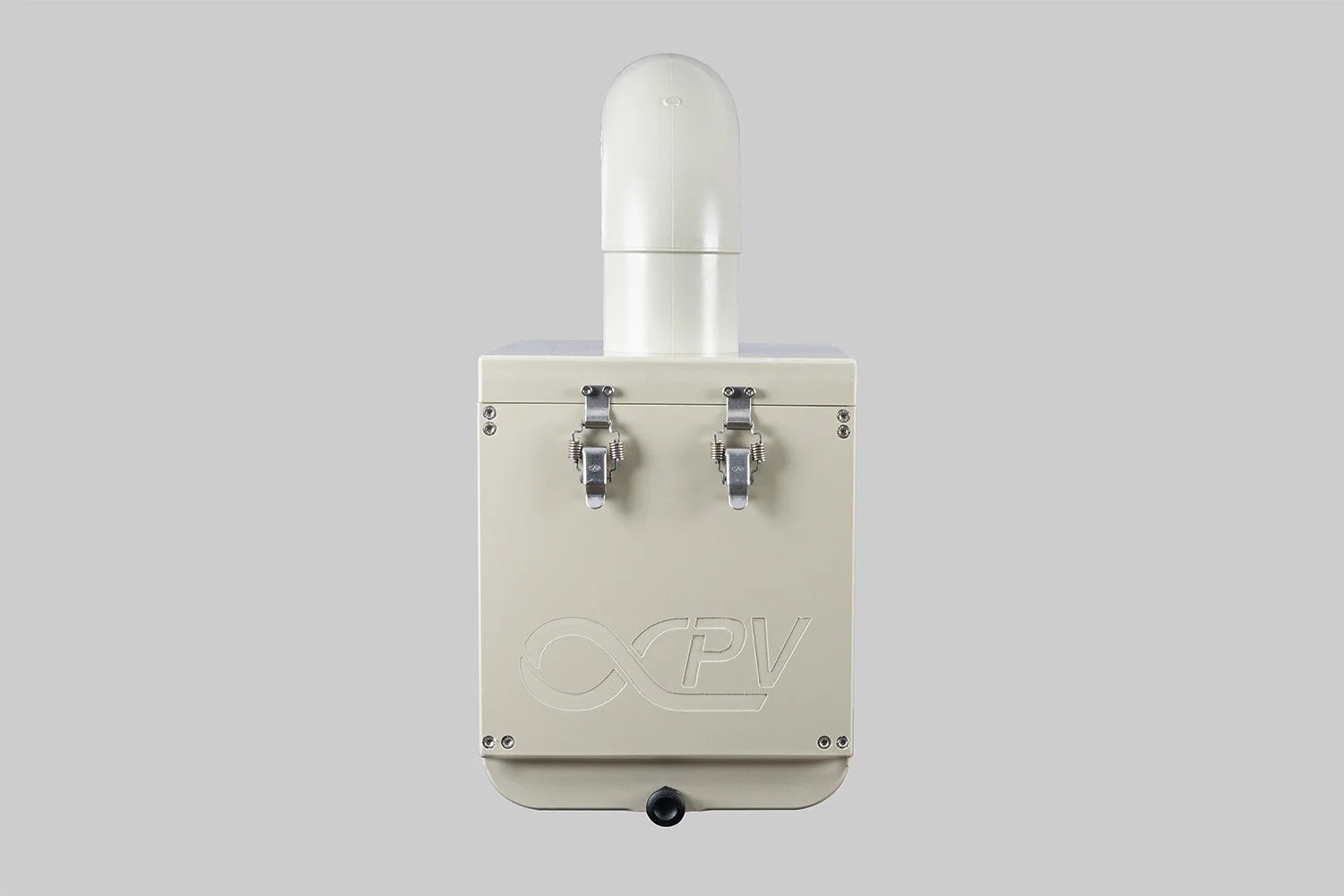



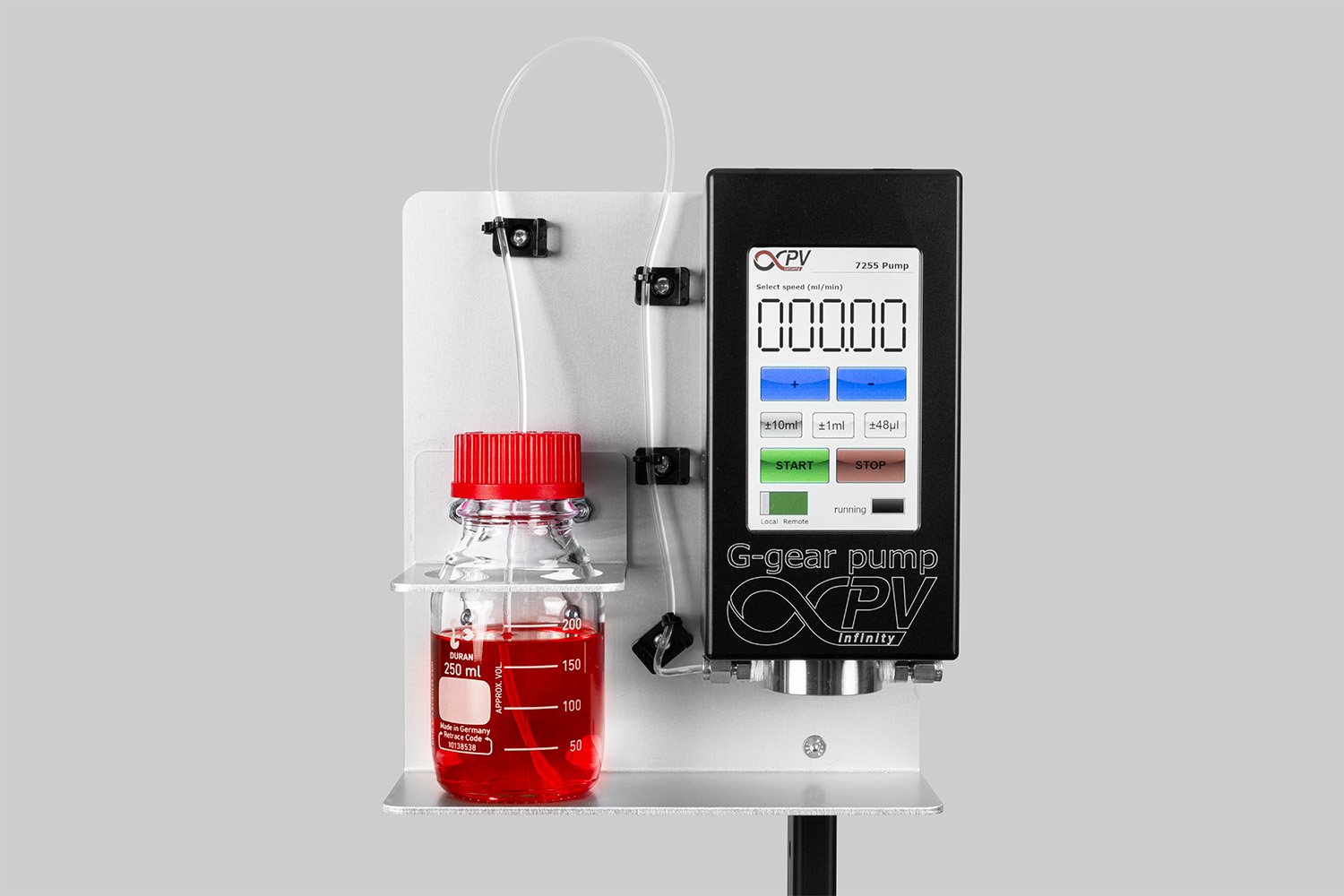


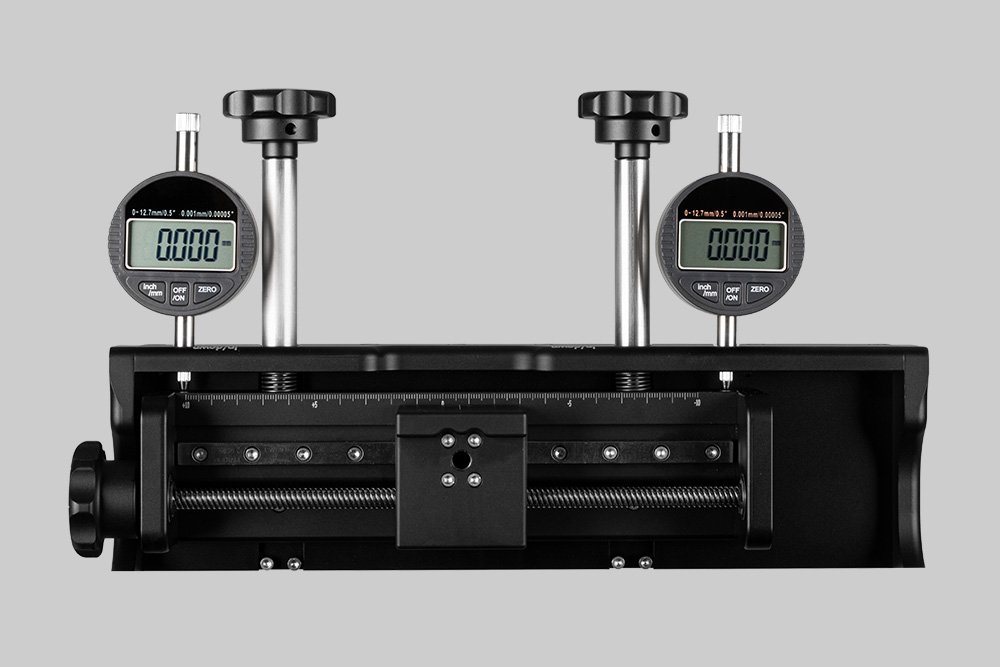
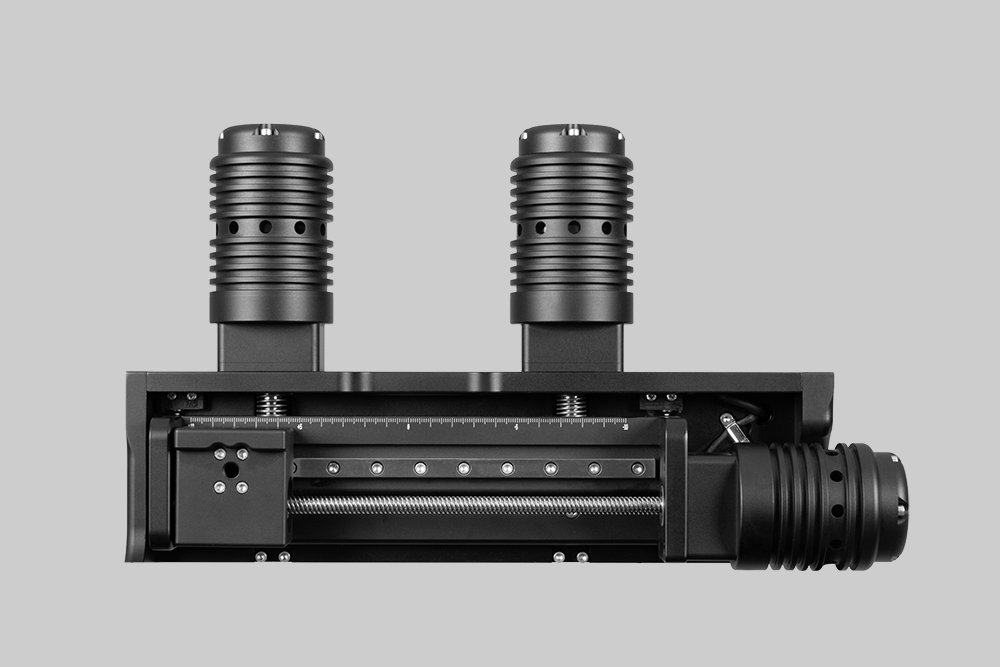
Probably the World’s Most Compact R2R Slot-die Coater: A compact, fully integrated roll-to-roll coating platform for laboratories, complete with a mounting system, anodized rollers, a syringe pump, a 65 mm stainless slot-die head and an infrared oven system—delivering unmatched precision and scalability.